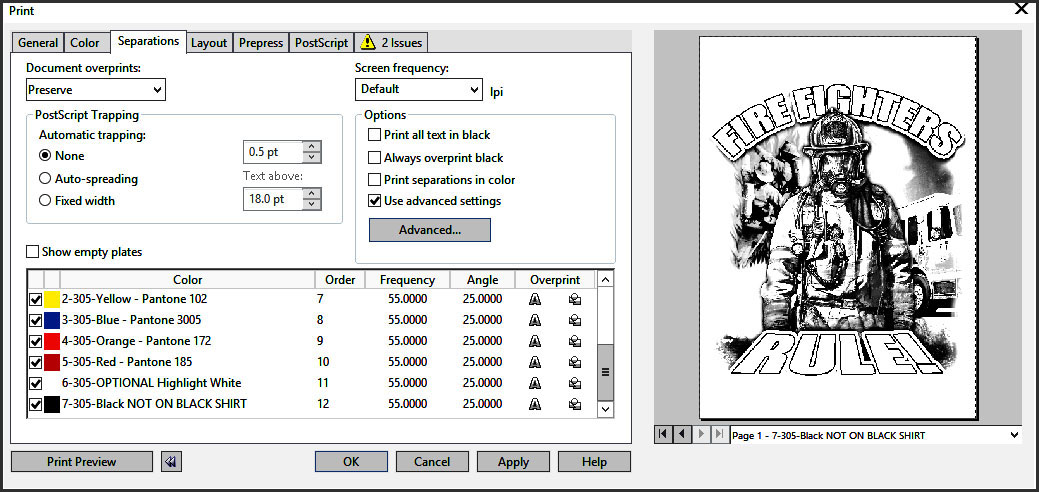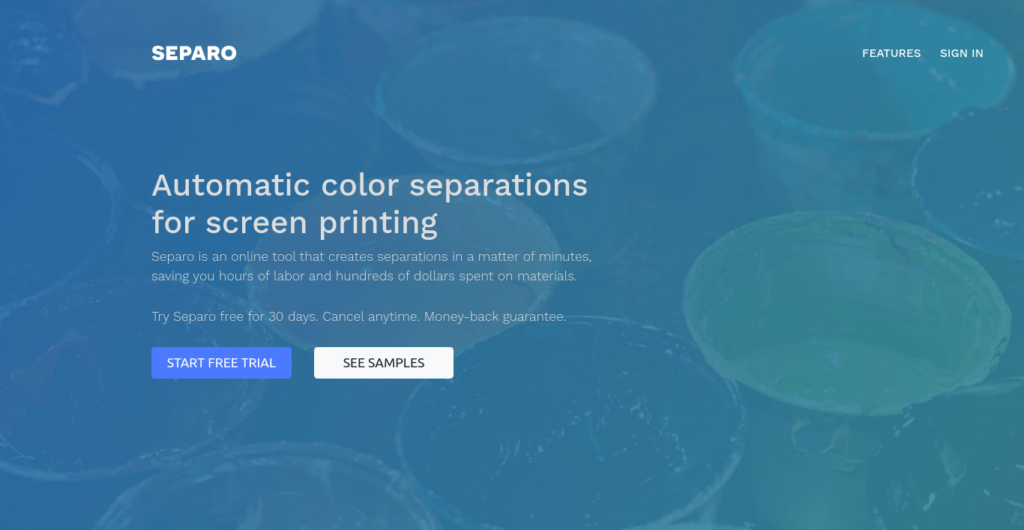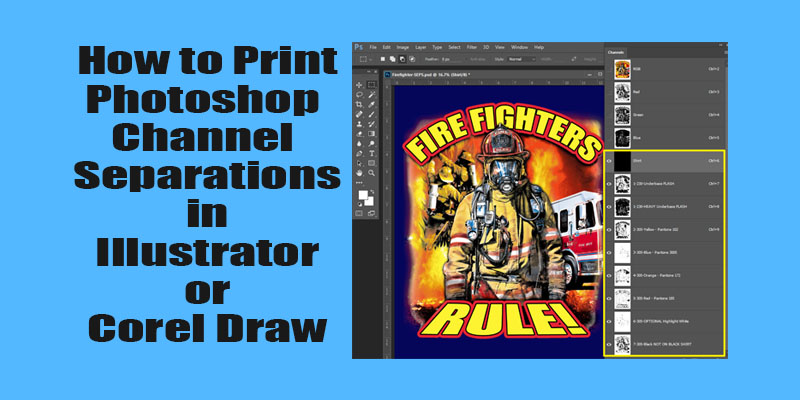

To avoid moiré and color shifts due to misalignment and misregistration, different halftone screens are typically used for different color separations, and the fundamental frequency vectors of the different halftone screens are separated by relatively large angles. As a result, low frequency components can be visibly evident as interference patterns in the halftone print.


The interference occurs primarily due to the nonlinearity of color mixing of subtractive colorants, and suppression of printing one colorant by another colorant. Moiré is an undesirable interference pattern that can occur when two or more color halftone separations are printed in overlay.

The resulting halftone structure is a two-dimensionally periodic pattern, possessing two fundamental spatial frequencies determined by the geometry of the halftone screen.Ī common problem in digital color halftoning is the potential manifestation of moiré patterns. The alignment of the clusters in the tiling defines the geometry of the halftone screen. Marking processes such as electrophotography and offset printing typically cluster the small spots within a cell because the larger clustered mass prints with more consistent size and density than spots printed with isolated pixels. The output of screening is a binary pattern of multiple small spots, which are regularly spaced as determined by the addressability of the imaging system. A common halftone method is screening, which compares requested continuous tone levels of a colorant to predetermined thresholds typically defined over a square cell that is tiled to fill the image plane. Digital halftoning controls the printing of the colored spots and therefore defines the appearance of the halftone output. The human visual system provides the illusion of continuous color tones by spatial averaging of the printed colored spots and intermediate space. Most digital color printers operate in a binary mode, where for each color separation, a given pixel is written as a colored spot or it is not written. A goal of the present study is to understand the potential barriers that have prevented their use and present new halftone geometry options that overcome the issues while offering several potential benefits. Hexagons are widely observed as a packing or tiling geometry in nature, yet they appear to have been avoided in conventional halftone tiling. Additionally, we present a three-colorant dot-off-dot halftone configuration using hexagonal geometry. The controllable touch points can prevent a tone reproduction discontinuity, while the compact growth throughout the gray range ensures maximum stability. We also present a parametrically controlled hexagonal halftone spot function that allows for optimization of dot touch points and provides compact growth. Due to differences in packing geometry and touch point geometry, hexagons have the potential to possess different tone reproduction characteristics, which may be favorable for some marking processes. Hexagonal screens can appear to have smoother texture. While conventional halftone geometries often include the fourth screen (e.g., yellow) in a suboptimal manner, the hexagonal geometry presented here can include a clustered-dot fourth screen moiré-free.


 0 kommentar(er)
0 kommentar(er)
